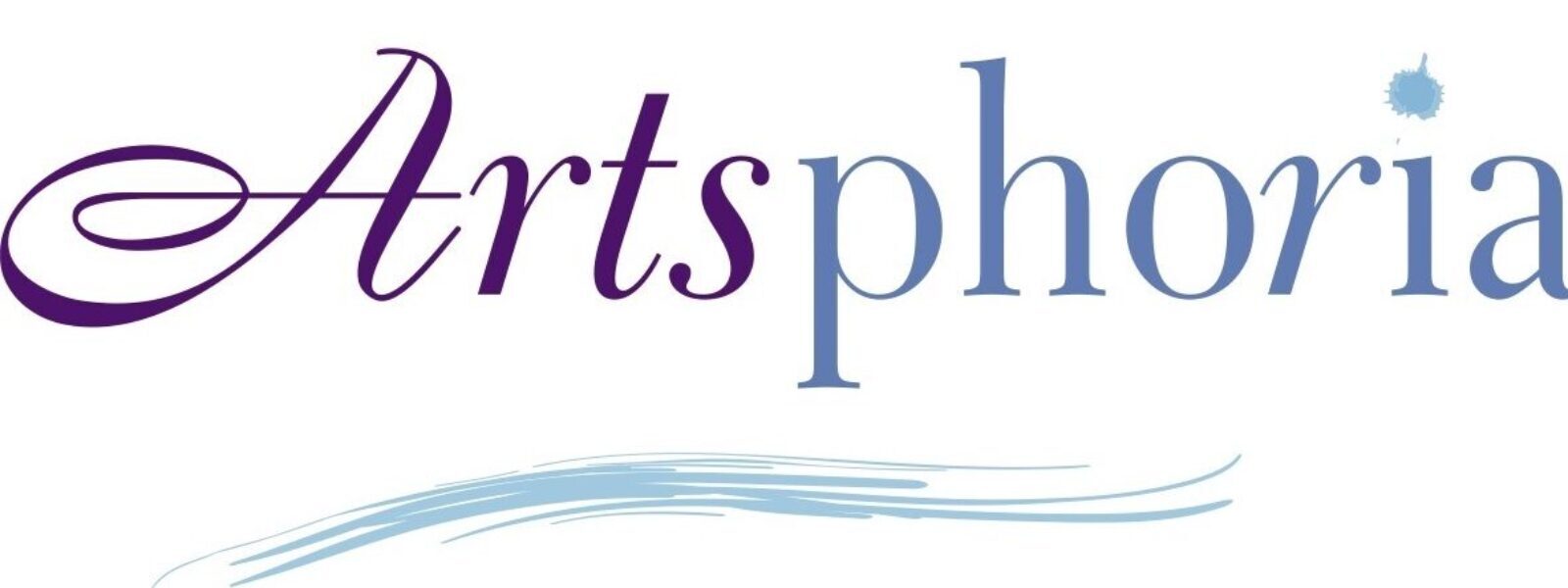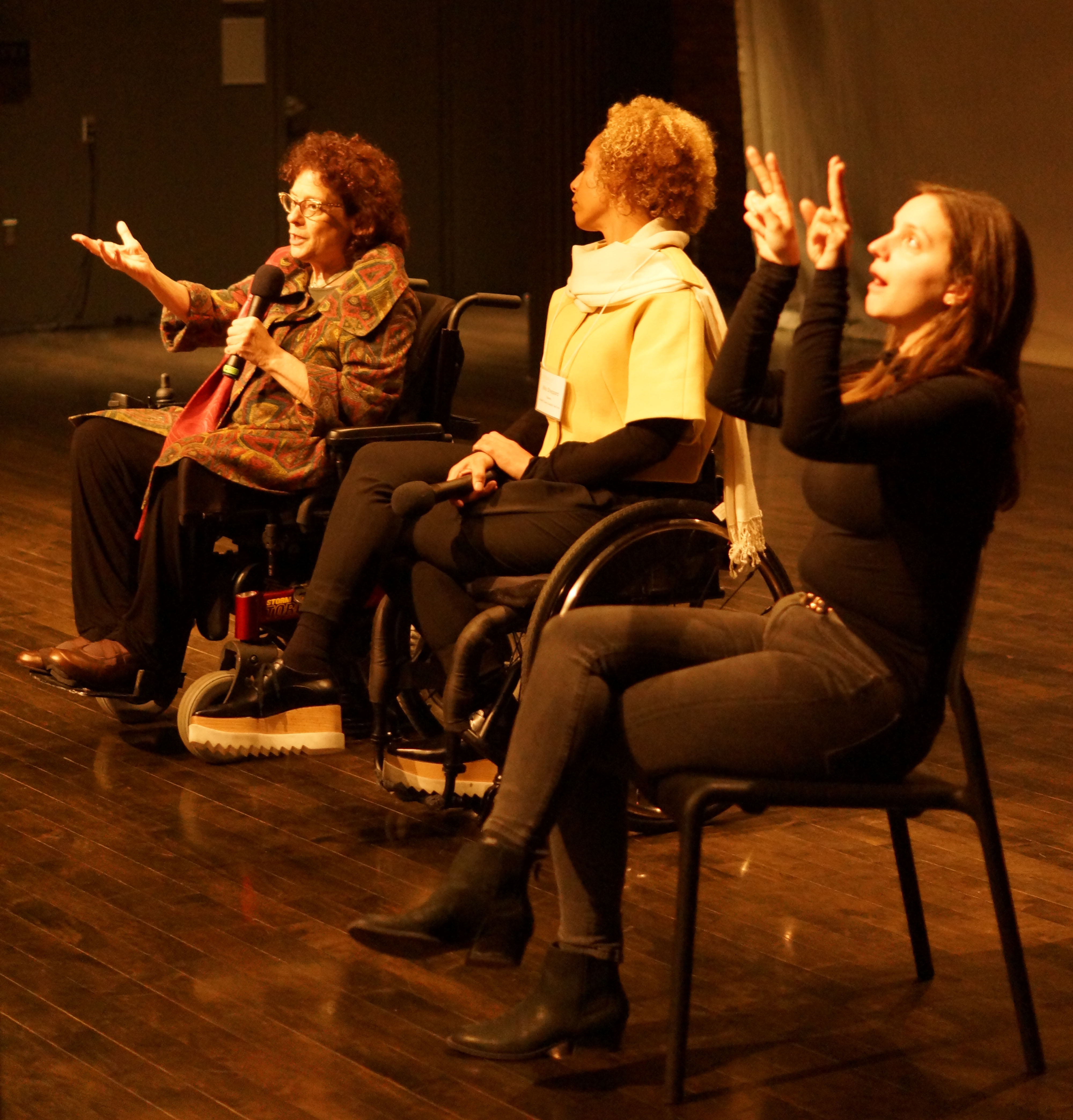By Andrea K. Hammer
Dance rivets our attention because of the capacity to move beyond boundaries. When dancers leap 6 feet off the ground, they inspire viewers to reach beyond their own limitations. What happens, though, when dancers and viewers need to confront severe challenges involving disabilities?
Traditional definitions of dance are based on freedom of movement. When most of us think of accomplished dancers, we immediately visualize toned and muscular physiques. Their flexible limbs, which can bend and extend into 180-degree angles, literally seem to defy gravity.
Need to Recalibrate Long-Held Images of Dancers
When we see someone with a prosthetic arm or leg move to music, our minds suddenly need to recalibrate long-held images of dancers. If someone bound to a wheelchair turns circles on a stage, some may question their contribution to this art form. Can those facing severe physical limitations still claim the legitimate title of dancer?
Audience members with strict interpretations of ballet or jazz may argue that the disabled cannot execute these steps. After all, their presentations generally do not match previously viewed performances in any dance genre. They are using an entirely new dance vocabulary in a foreign language, which many still need to learn.
Right of the Disabled to Claim a Place on the Stage
However, if dance pivots on freedom of movement, the disabled have a right to claim their place on the stage. Pushing past the most severe types of restrictions, they deserve rounds of applause for showing and teaching viewers how to adapt. Their artistry emerges from frustrations that few of us can completely comprehend.
All dancers and enthusiasts personally experience the need to adapt over time. We must learn new ways of moving gracefully, as our bodies inevitably change. Beyond that challenge, we need to open our minds to allow new interpretations and definitions of dance, particularly from the disabled.
Join a Series of Conversations on the Intersection of Dance and Disability
To explore these issues, join a series of conversations on the intersection of dance and disability, which Dance/NYC has organized in alliance with Dance/USA. For more information, see “Disability. Dance. Artistry. (Inter)National Voices | Series of Conversations.”

